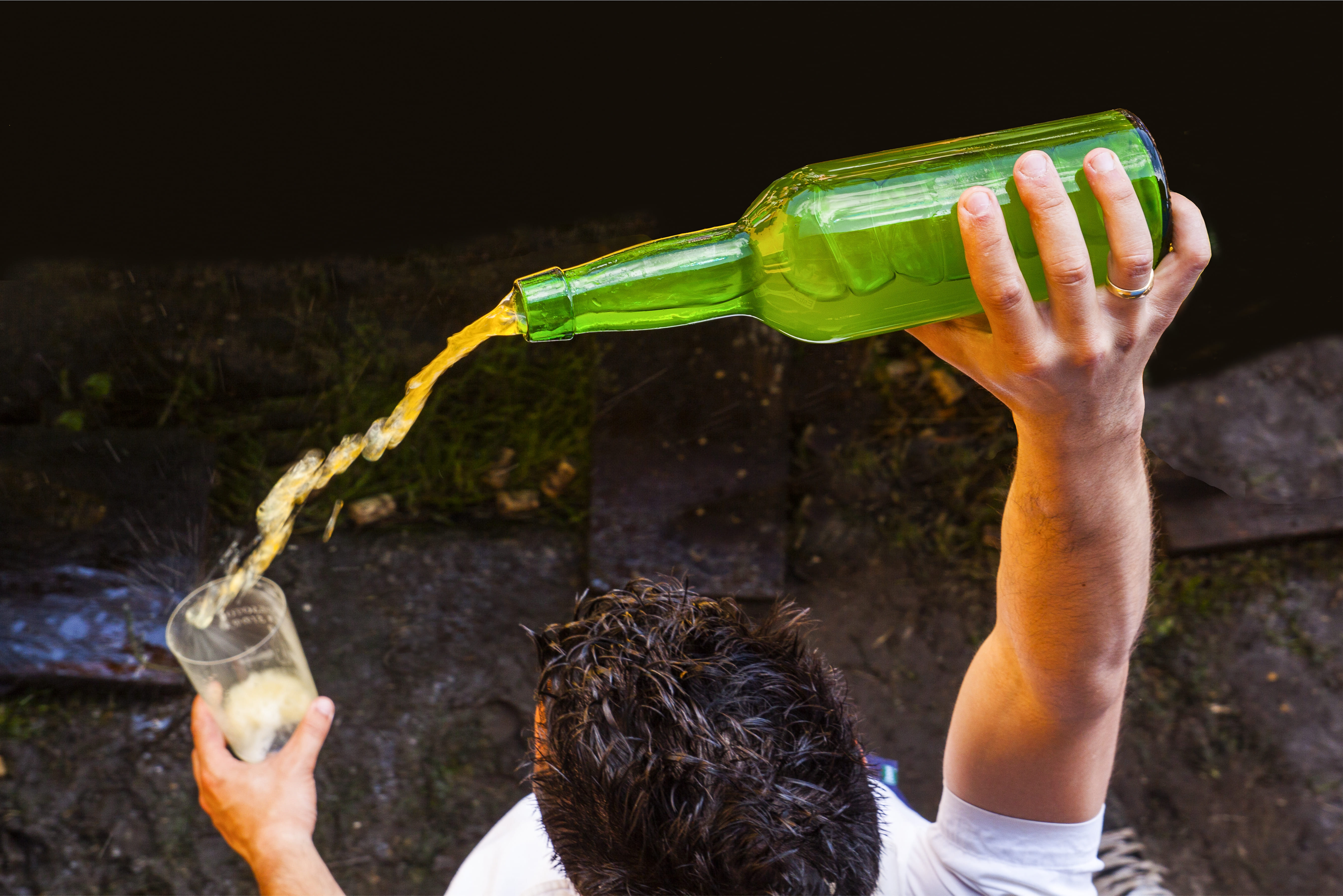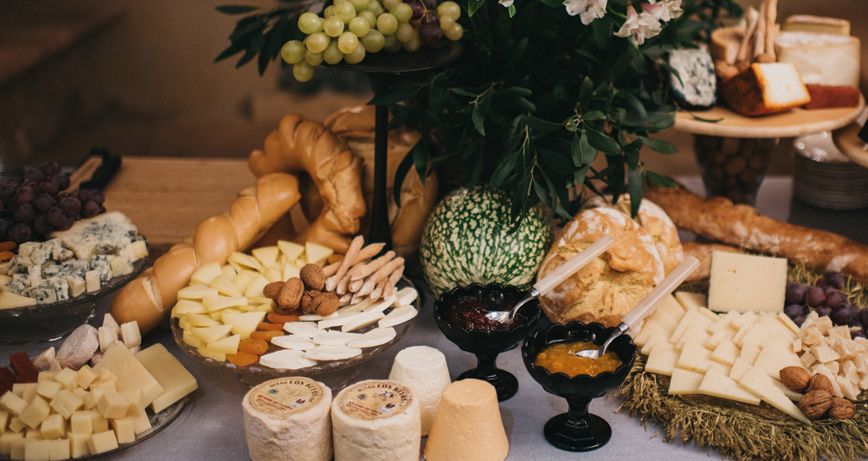Back Museums and other gastronomic venues in Asturias

The best museums and gastronomic venues in Asturias
What is the function of a museum? Only the visitor's contemplation, mere entertainment. Perhaps a museum acquires its full dimension when the person who crosses its threshold participates in what that place contains, when he or she becomes part of the history or the stories it brings together. With gastronomy, this participation is easier, more natural, because food and drink bring people together in a natural and fun way.
Logically, it is impossible to concentrate all Asturian gastronomy in one museum, as its tradition and modernity is so diverse that it brings together customs related to the sea, the countryside, the mountains and, in general, to a natural paradise that has always understood the act of cooking and sharing a table as a form of coexistence.
Here are eight gastronomic museums in Asturias that you cannot miss, destinations to discover and explore, to take part in, to broaden the flavour that you will find in restaurants, "chigres", rural houses or hotels, with the background that each ingredient and each recipe treasures.
Cider Museum (Nava)
It is as essential to start with Asturian cider as it is to include the main commandment of the Asturian Cider Museum in Nava: Discover the history and tradition of cider in Asturias, with the opportunity to taste different varieties. In its permanent exhibition you will go through the different stages of production, from the apple tree to the harvest, to the mayado, fermentation, bottling... until you reach natural cider, table cider, cider achampanada, sweet cider, cider liqueurs and pomaces, the new cider soft drinks and, of course, cider protected by the Regulatory Council of the Designation of Origin. Because you can't even imagine the native varieties of apples you can find.
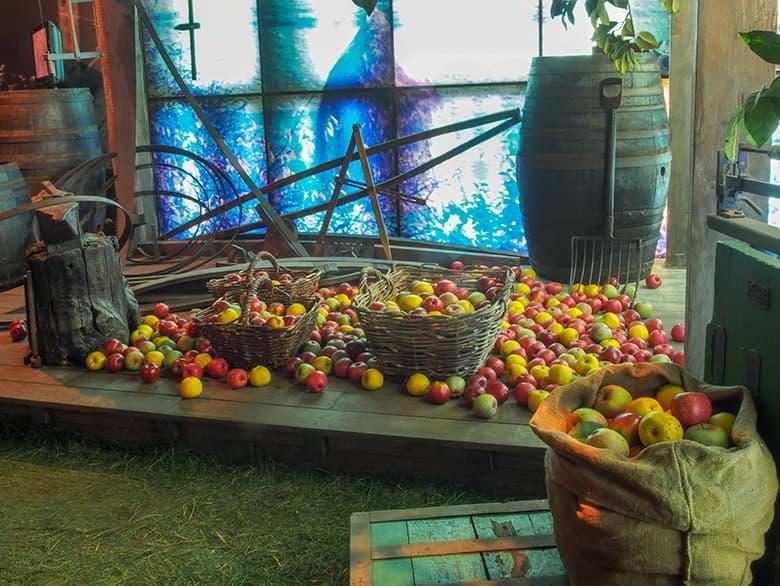
The museum is located in Nava and, as well as its entertaining exhibition, perfect for families, it organises activities and workshops, which are regularly reported on its website.
From there, it is a sin not to continue the excursion throughout the Cider Region, one of the most beautiful in the autonomous community, an orchard with coastal villages such as Tazones, beaches such as La Griega or Rodiles, Pre-Romanesque art, Camino de Santiago... More excuses to toast with a glass of cider on the top.
Ethnographic Museum of La Llechería (Morcín)
We continue with cows (but also with goats and sheep), animals that in the council of Morcín receive the homage they deserve. This is a way of immersing yourself in Asturian dairy culture and rural life in the region. Because how much do you know about milk, apart from what the labels on supermarket products say? The Ethnographic Museum of Dairy Farming, which belongs to the extensive network of ethnographic centres in Asturias, is organised into four areas: livestock, milk, butter and cheese. You will get to know the complete cycle, from the meadow to the cup or plate.

In order for you to understand its evolution, that is, the secular work that has been developed and maintained in the Natural Paradise, or why the rice pudding here is so exquisite or why the map of Asturian cheeses is unique in Europe, the museum also offers a magnificent collection of utensils, audiovisual exhibitions, guided tours, stories of shepherds -genuine kings of this craft-, of cheese dairies and technologies, and a wonderful library.
Beekeeping Museum (Caso)
Have you ever seen a live beehive, without fear, protected, accompanied by experts who explain to you step by step how these good insects are an essential link in any ecosystem, to the point of serving as a gauge in current climate changes? In Caso, in the Redes Natural Park, you learn about the importance of bees and honey production in Asturias, which has also been a particular way of life.

The Beekeeping Museum is not located in this council by chance: for decades, its inhabitants were domestic beekeepers, who even protected their hives with trunks (truébanos). Nowadays, its Beekeepers' Association actively participates in the national collective, so there is no better place to find out first-hand when honey is real, and when it is not worth tasting because it is a substitute.
Beekeeping house (Boal)
Wait, because we're not done with honey. The Casa de la apicultura de Boal complements the Museo de Caso with the impact that beekeeping has on the local economy. Do you know what a "cortín" is? It is a construction that provided shelter for the beehives, on which thousands of families have lived. In Boal there are more than a hundred of them, which is a good measure of how this territory lives the honey.
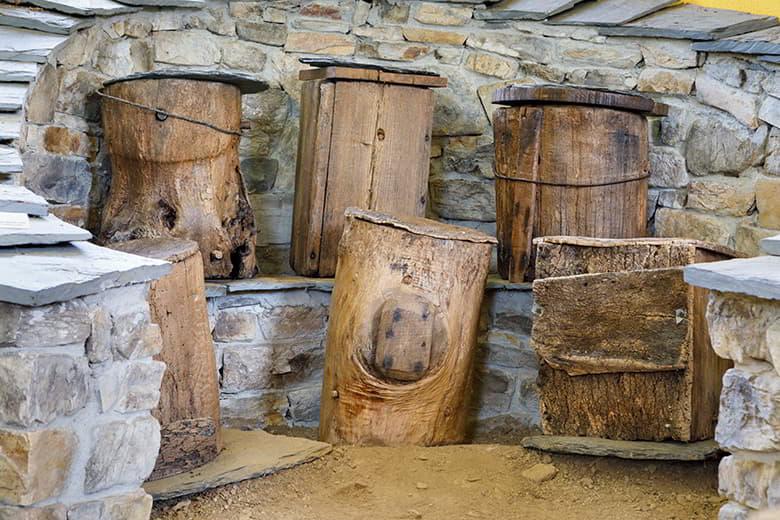
This interpretation centre "invites us to reflect on the self-sufficiency of the Asturian farmhouse, the role played by honey and wax, the evolution and the transition to the incorporation of modern beekeeping".
Cabrales Cheese Cave Exhibition
After visiting the museum in Morcín you will already know how much history there is behind an apparently simple food such as cheese. Now, imagine that this cheese is a Cabrales, complex in aromas and flavours, powerful, artisan, resounding, unique. Cabrales, the most famous of Asturian cheeses, can only be understood by contemplating the mountains of the Picos de Europa, their pastures, the people who keep their livestock and the caves where the fungi, the special humidity and, in short, nature and human wisdom, combine to create one of the most delicious foods you can taste.

Its guided tour is a real treat in a natural cave where, like a novice shepherd, you will of course end up with a tasting like you've never tasted before. It is undoubtedly one of the best things to do in Cabrales.
Wine Museum (Cangas de Narcea)
If you like gastronomic experiences, the winemaking history of Cangas de Narcea will dazzle you. Again, the hillsides turn these vines into bold agriculture - heroic viticulture, in technical terms - with characteristic wines made from indigenous grapes such as albarín. The Cangas Wine Museum shows a traditional winery, the Lagar de Santiso, also with guided tours.

You can take the opportunity to walk along the pedestrian path that connects the museum with the Ambasaguas district of Cantabria, observing the colours and vegetation of an environment from which the best Asturian reds and whites obtain their flavour. Or take part in any of the wine tourism activities offered by the wineries belonging to its protected designation of origin. And if you're going with the family, "Marco Topo" is an educational and interactive exploration game for children between the ages of 5 and 12.
As you can see, you have a whole range of options to see and do in Cangas del Narcea.
Ecomuseum of Bread (Villanueva de Oscos)
And from wine, of course, to bread, as one leads to the other in a virtuous circle - to which, if you add cheeses and cured meats, you get even closer to paradise. To learn about the history of bread in Asturias, and its role in the regional diet and culture, the Ecomuseum of Bread, in Santa Eufemia (Villanueva de Oscos), is the best teacher. "From sowing the cereal to baking, harvesting, milling and kneading". Do you make bread at home, do you have a bakery of reference, are you one of those who can't wait for the first course in a restaurant and devour the bread as soon as you sit down? You'll have a great time here.
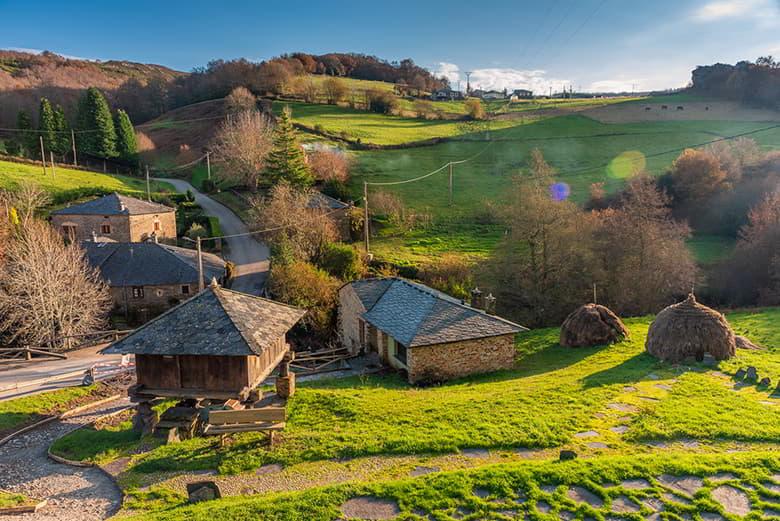
The eco-museum has a sowing area, a threshing floor, a granary, a mill and an interpretation centre. In addition, you are in Los Oscos, the cradle of the ferreira culture, and of a thousand excursions and places full, of course, of food that nourishes in the broadest sense of the word.
Aula de la Miel (Peñamellera Alta)
We end this tour by returning to the bees, to close their cycle. The Aula de la Miel de los Picos de Europa, a quarter of an hour from Cabrales, shows the many varieties that can be obtained with painstaking work from the flower to the packaging.

Learn about the life of bees, the work of beekeepers, honeys and their gastronomy in a didactic way. You will also learn how to make the most of them, how to distinguish their colours, their flavours and their possible culinary uses. Did you know that a good honey greatly enhances a meat sauce, or even a tomato sauce?
These eight museums, ethnographic centres, interpretation centres and gastronomic spaces will involve you as a visitor, and will change you for the better. Because with the knowledge shared in their exhibitions, visits and activities, you will better appreciate not only the impressive Asturian gastronomy, but also everything that for centuries has led and continues to lead to this land's love of food.
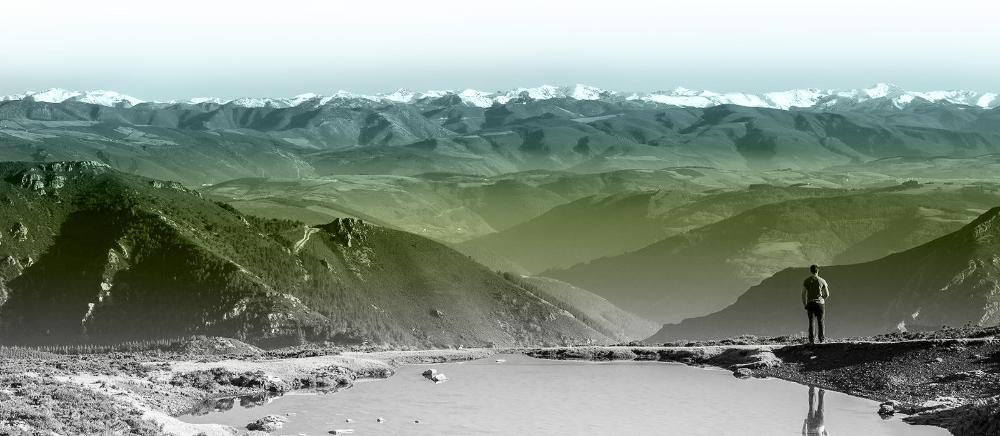
Subscribe to our newsletter and take advantage of offers, discounts, and news
Subscribe


